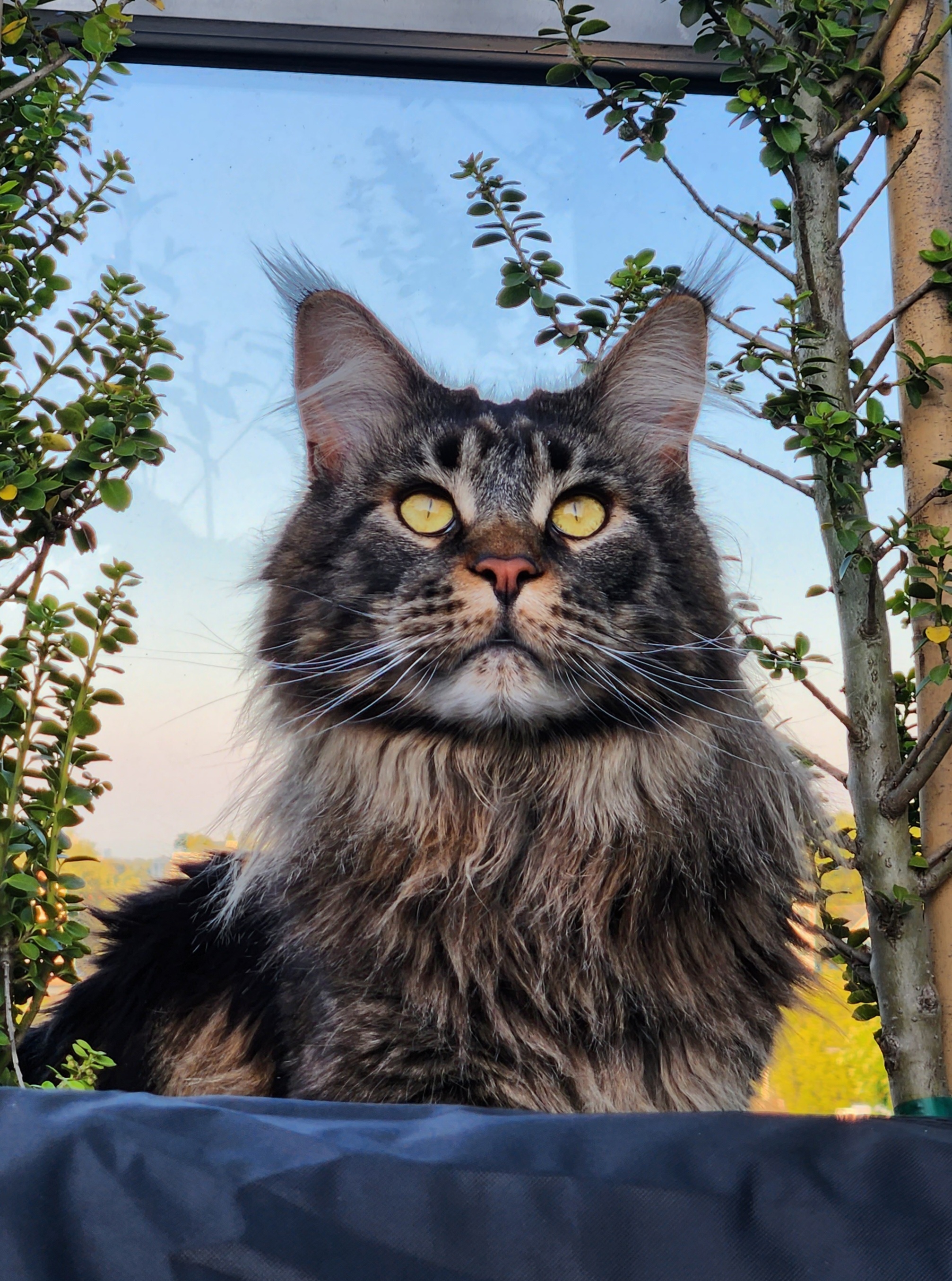On the upside they are helping secure Linux because now the the appropriate action can be taken to prevent this in future.
I’m sure a security patch has already been released. The Linux community normally addresses these things very quickly.
I’m all for looking on the bright side but this is a bit much lol
Linux users online tend to get very high and mighty every time another OS has a sucurity bug. But it’s a good thing for Linux hehe
There’s no actual vuln here is there? It’s just a persistent backdoor that hides with some elf and kernel tricks.
Their search turned up a version of the malware with the release number 1.1. The version Trend Micro found was 1.3.6. The multiple versions suggest that the backdoor is currently under development.
They version better than I do at work.
Removed by mod
No.
By installing software only from trusted sources (default repositories from your distribution are the safest software you will ever install on linux)
But you can still be infected by virus by other means like opening PDFs or accessing a malicious link, no?
Yes. Opening PDFs might be safer on Linux, but general internet security and practice goes a long way, too. Using a content-blocker like uBlock Origin on Firefox can greatly reduce attack surface on both Linux and Windows as well
Removed by mod
You can try some free Linux antivirus software programs like ClamAV but realistically, as long as you mainly install software through your distro’s package management software or graphical app store, you’re probably fine.
Although not all open-source software is safe, it’s a hundred times less likely to be malicious for the sole reason that it’s out in the open for someone to verify, and they’d get busted immediately if they tried something untoward.
For the average person like me, having something like an antivirus is better than not on Linux. Especially since I tend to download various things outside of the default repository (i.e. Ankama Launcher which I’ve only ever seen as a appimage).
Though your advice is good, I couldn’t go through with it without wanting to rip my hair out.
In general the users should not worry about kernel vulnerabilites because of the built in security in Linux and because the desktop is a much smaller target.
As other people write: Keep to trusted sources (like your distributions own repo) and you should be all right.
It’s the Linux servers that should take note and apply patches.
I think the fundamental protection is always going to be the firewall that blocks all incoming connections unless you explicitly open a port for a running server.
It’s frustrating that the article doesn’t have much information about the delivery method for this attack. Is it a remote connection, or you have to run it locally and it escalates privileges?
researchers from security firm Trend Micro found an encrypted binary file on a server known to be used by a group they had been tracking since 2021
Sounds like it targets servers specifically, so desktop users should be safe
This is the best summary I could come up with:
Researchers from NHS Digital in the UK have said Trochilus was developed by APT10, an advanced persistent threat group linked to the Chinese government that also goes by the names Stone Panda and MenuPass.
In June, researchers from security firm Trend Micro found an encrypted binary file on a server known to be used by a group they had been tracking since 2021.
The Linux malware ported several functions found in Trochilus and combined them with a new Socket Secure (SOCKS) implementation.
The Trend Micro researchers eventually named their discovery SprySOCKS, with “spry” denoting its swift behavior and the added SOCKS component.
Besides showing interest in espionage activities, Earth Lusca seems financially motivated, with sights set on gambling and cryptocurrency companies.
Monday’s Trend Micro report provides IP addresses, file hashes, and other evidence that people can use to determine if they’ve been compromised.
The original article contains 537 words, the summary contains 143 words. Saved 73%. I’m a bot and I’m open source!
Great… guess I’ll install windows 10 again
Removed by mod
Where do you think you are? You’re in a technology community. Just because you aren’t interested in linux doesn’t mean articles about linux are somehow “irrelevant” to the community.







